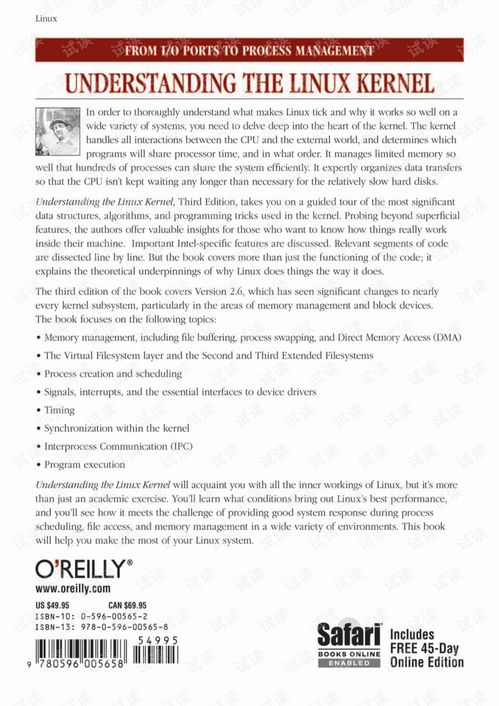In the vast landscape of the English language, certain phrases stand out not only for their simplicity but also for their versatility and widespread use. One such phrase is "no problem." This seemingly straightforward expression can convey a range of meanings and emotions, making it an essential part of everyday communication. Whether you're a native speaker or someone learning English as a second language, understanding the nuances of "no problem" can significantly enhance your ability to communicate effectively.
The Basic Meaning of "No Problem"
At its core, "no problem" is a response that indicates agreement, willingness, or the absence of difficulty. It is often used to reassure someone that a request or task can be easily accomplished. For example, if a friend asks, "Can you help me move this heavy box?" and you respond with "no problem," you are essentially saying, "Sure, I can do that without any difficulty."
This basic usage is common in both formal and informal settings. In a professional context, if a colleague asks, "Can you review this report by tomorrow?" and you say, "no problem," you are confirming that you can meet the deadline. Similarly, in a casual setting, if someone says, "Do you mind opening the window?" and you reply with "no problem," you are indicating that you are happy to comply with the request.
The Emotional Nuance of "No Problem"
While "no problem" is often used to convey a positive and cooperative attitude, it can also carry different emotional undertones depending on the context and tone of voice. For instance, if someone asks for a favor and you respond with a flat, monotone "no problem," it might come across as insincere or even sarcastic. On the other hand, a cheerful and enthusiastic "no problem" can make the person feel valued and appreciated.
Consider the following scenarios:
1、Sincere and Helpful: If a customer at a store asks, "Can you help me find this item?" and the salesperson responds with a smile, "No problem, I'll show you right away," the customer is likely to feel well-cared for and satisfied with the service.
2、Indifferent or Dismissive: If a manager asks an employee to work overtime and the employee replies with a lackluster "no problem," the manager might interpret this as a lack of enthusiasm or commitment.

3、Sarcastic or Ironic: In some cases, "no problem" can be used sarcastically to express frustration or annoyance. For example, if a friend repeatedly asks for favors and you finally say, "No problem, sure, no problem," you might be conveying that you are tired of being asked to do things.
Cultural and Contextual Variations
The use of "no problem" can vary across different cultures and contexts. In some cultures, it is considered polite to offer assistance and use phrases like "no problem" frequently to maintain harmony and avoid conflict. In other cultures, such phrases might be seen as overly accommodating or even insincere.
For instance, in many Western cultures, saying "no problem" is a standard way to show willingness and friendliness. However, in some East Asian cultures, where indirect communication is more common, a simple "yes" or "of course" might be preferred to avoid the implication of potential problems.
Understanding these cultural differences is crucial for effective communication, especially in multicultural environments. If you are working with people from diverse backgrounds, it is helpful to be aware of how they might interpret the phrase "no problem."
Practical Tips for Using "No Problem" Effectively
To ensure that your use of "no problem" is clear and appropriate, consider the following tips:
1、Be Mindful of Tone: The tone of your voice can greatly affect how your message is received. Use a friendly and sincere tone to convey genuine willingness and cooperation.
2、Context Matters: Consider the context in which you are using "no problem." Is it a formal setting, a casual conversation, or a situation where sarcasm might be appropriate? Adjust your response accordingly.
3、Avoid Overuse: While "no problem" is a versatile phrase, overusing it can make your communication seem insincere. Mix it up with other positive responses like "sure," "absolutely," or "definitely."
4、Be Specific When Needed: Sometimes, simply saying "no problem" might not provide enough information. If a request is more complex, it can be helpful to add details. For example, "No problem, I can have that report ready by 5 PM."
5、Cultural Sensitivity: When communicating with people from different cultural backgrounds, be mindful of how they might interpret your words. If in doubt, ask for feedback or clarification.
Conclusion
"No problem" is a powerful and versatile phrase in the English language. It can convey agreement, willingness, and the absence of difficulty, making it an essential tool for effective communication. By understanding its various uses and emotional nuances, you can use "no problem" to build stronger relationships, avoid misunderstandings, and create a more positive and cooperative environment.
Whether you are a native speaker or learning English as a second language, mastering the use of "no problem" can significantly enhance your communication skills. So, the next time someone asks you for a favor or makes a request, remember that a well-delivered "no problem" can go a long way in making them feel valued and supported.
Encouragement to Explore More
While "no problem" is a useful phrase, there are many other expressions and idioms in English that can enrich your communication. Consider exploring other common phrases like "you're welcome," "my pleasure," or "it's all good" to further expand your linguistic toolkit. The more you understand and use these phrases, the more confident and effective you will become in your interactions with others.











